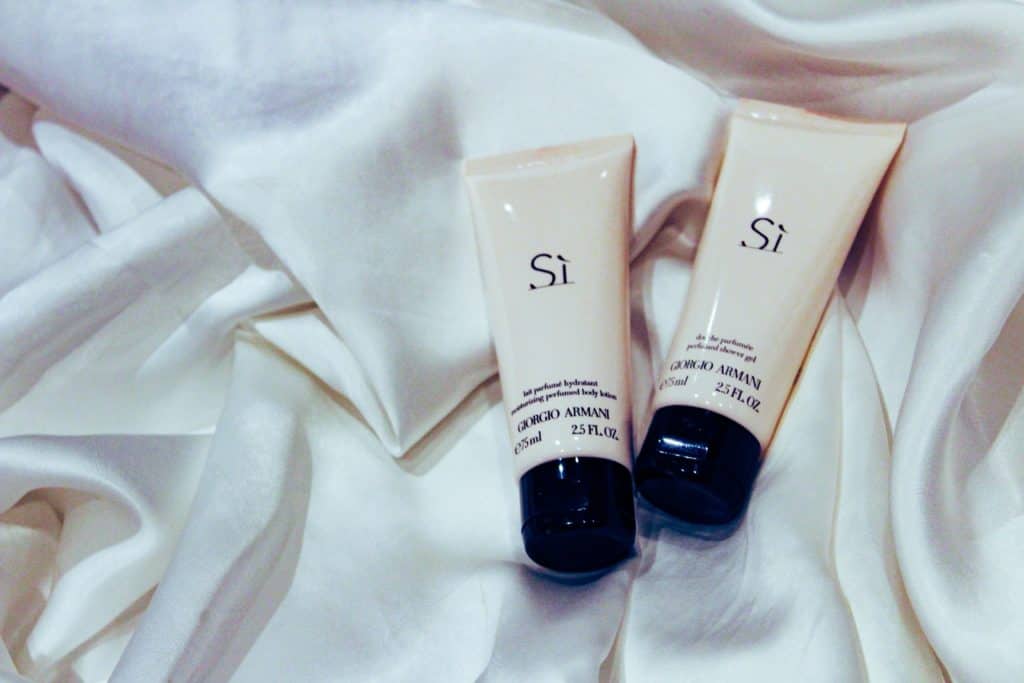The beauty market is predicted to be worth $90 billion by 2020 - and fashion brands have noticed. More and more, fashion retailers are starting to release makeup lines, whether it be Primark or Tom Ford, as they attempt to capitalize on the sheer popularity of the beauty industry. We take a deeper look into why fashion brands launch makeup lines, how they help boost business, and what impact this has on the industry.
Why do fashion brands launch makeup lines?
Generating brand awareness
Boosting brand awareness across markets is one of the reasons why fashion brands launch makeup lines, as it increases the ability to reach different touchpoints. Fashion brands want to capitalize on the popularity of the beauty industry which is slowly starting to take over, and so assert themselves as an option for consumers to look to when they need a new mascara, lipstick or foundation.
Makeup launches can also give brands an excuse to create more experiences for their customers, like Chanel’s ‘beauty house’, an Instagrammable popup where they created content opportunities as well as press coverage, by transforming a house in LA. Retailers pushing to create customer experiences is becoming an increasingly popular trend, and one of the best ways to do this is through makeup.
Building customer loyalty
A plethora of luxury fashion brands has started adding makeup lines to their collections. From Burberry to Tom Ford brands have managed to create a base of acclaimed beauty products to put in front of their consumers. And, with a Burberry trench setting you back at least £2k, it makes sense - beauty products hit a lower price point, and reach consumers that can’t otherwise afford the larger ticket items luxury brands have on offer. The reputation the brand name has already built gives the products a big stamp of luxury approval - insinuating quality before an influencer or celebrity even starts promoting it.
This also works to further build brand loyalty amongst consumers. If someone religiously purchases Armani’s Luminous Silk Foundation, year on year, when they eventually can afford pricier clothing items, they might look first to Armani, as an already dedicated and trusting customer. Launching beauty lines, as a fashion brand is a great way to reach and retain new customers.
View this post on Instagram
Meet your match: choose from 12 vibrant shades of new #BurberryKisses Lip Lacquer . #BurberryBeauty
Providing cost-effective alternatives
On the flip side, brands that retail at a lower price point see the opportunity for beauty expansion in a different way. Providing an alternative to high-end beauty, at an extremely competitive price point - Primark’s lip liners that are raved about by beauty fans only cost £1 - mass-market brands can also really capitalize by venturing into the realm of beauty. Think about it: shoppers will add cheaper makeup products straight to their baskets, as they see no harm in trying them out, due to the fact that the products won’t set their wallets back much at all. Once these brands gain authenticity from influencers or recommendations its smooth sailing from there - who wouldn’t want a £1 lip liner dupe comparable to Mac’s £15 offering?
Primark partner with influencers when it comes to their beauty product launches, which testifies to the quality of the products on offer even though the prices are so low. Being able to visualize the products in action works well in gaining trust and a name in the beauty industry, swaying audiences to consider purchasing.
Creating a one-stop-shop
Another reason that fashion brands expand into the new beauty market, is because it allows them to appear as a retailer that offers just about everything - in other words, a one-stop-shop. Brands like H&M recently launched both beauty and home lines, communicating to consumers that you can shop for your wardrobe (in more ways than one) as well as your morning routine.
Their Owned Media communicates this range on offer to consumers, featuring content from all three areas - fashion, beauty, and home. If a brand can convince customers that they are the only shop they need to visit, they not only save time for their customers but also maximize their profit potential.
Utilizing new social channels
You have probably noticed Instagram accounts popping up left and right that showcase a brand’s beauty line specifically. Whilst Dior, Tom Ford, and Burberry all have general accounts, they also have @diormakeup, @tomfordbeauty, and @burberrybeauty. This is another clever way to reach out to a totally new consumer base who live on Instagram - beauty fans. As makeup has taken a more artistic turn and widely increased in popularity in recent years, Instagram is the place to be, to showcase visual product offerings, in action.
Asos does a great job of showcasing the beauty products they have on offer, through their beauty-based Owned Media channels. They mix up their content, from product shots to influencer demos, and also use the page as a way to connect with consumers on a more personal level. This unlocks a new audience pool, who may not have otherwise considered the brand beforehand and allows for online discovery by consumers and beauty fans everywhere.
Chanel also has an Instagram account (@welovecoco) dedicated solely to beauty based user-generated content, which goes one step further in providing a platform for beauty fans to express themselves and get featured using the brand’s products. This creates content that is fit for repurposing but also generates awareness.
Are you thinking about launching a beauty line?
Take a look at where other beauty brands are directing their marketing investments, on Insights100.

